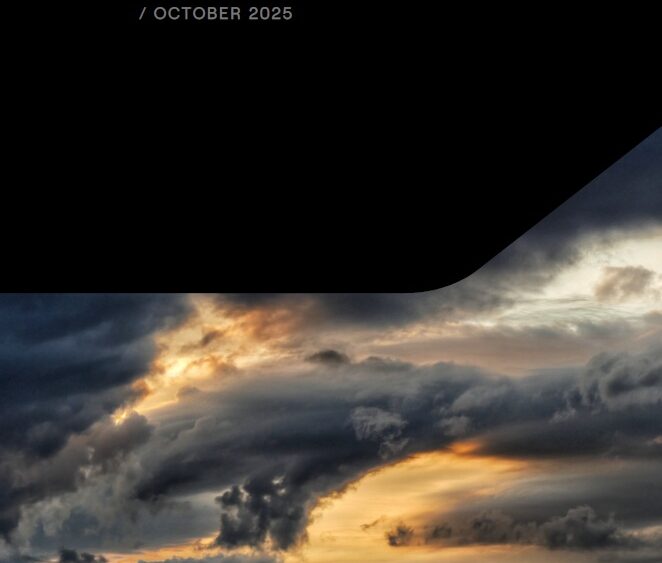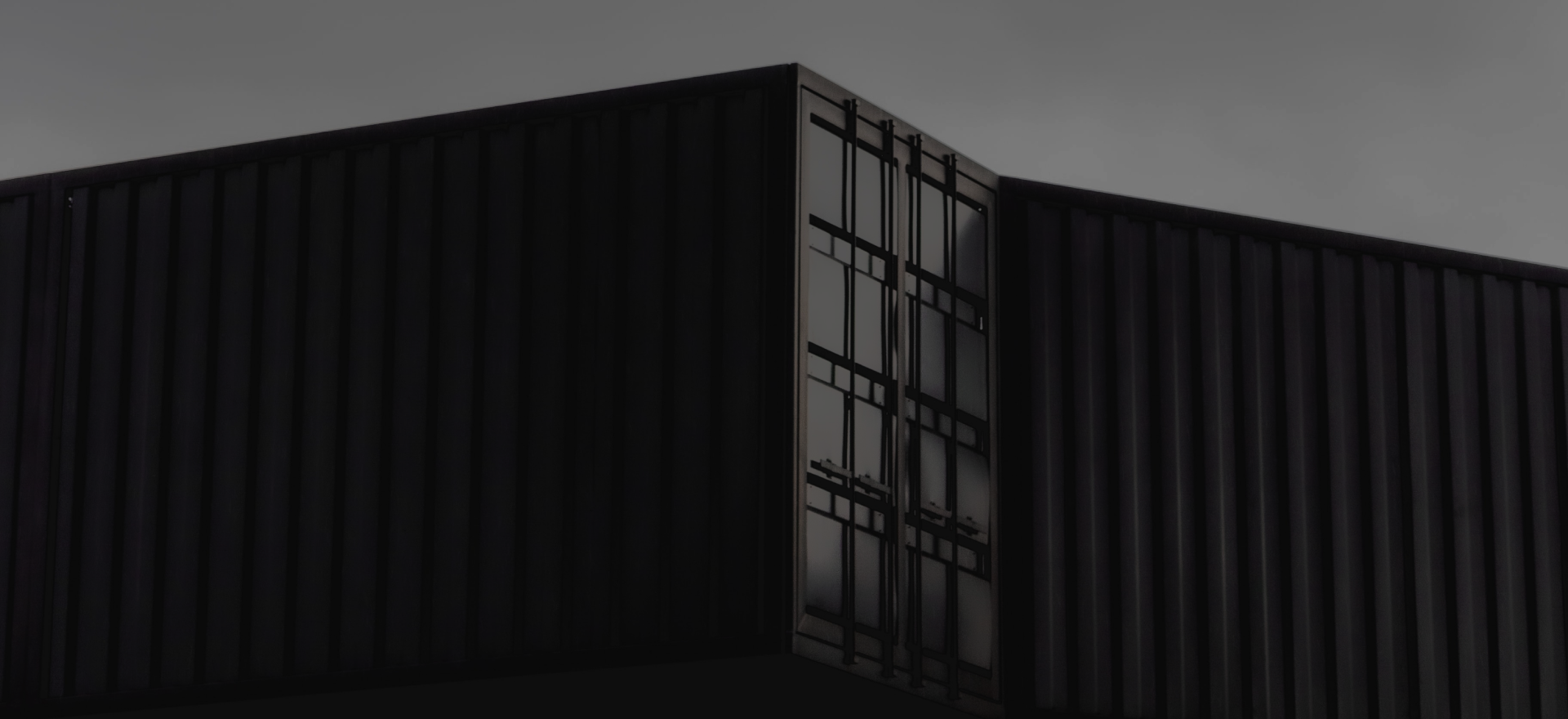Internship VHF Radio Optimisation
Internship optimal VHF radio antenna placement
ApplyThe Automatic Identification System (AIS) plays an essential role in ship traffic safety. It is an automatic tracking system that uses transceivers on ships and/or shore-based positions. Information provided by AIS equipment, such as unique identification, position, course, and speed, can be displayed on a screen or an electronic chart display and information system (ECDIS) and be used to trigger alarms. AIS can also transmit (small) text messages.
AIS uses radio transmissions in the marine VHF radio band in the frequency range between 156 and 174 MHz. Marine voice communications and digital selective calling (DSC) use the same marine VHF radio band.
Good reception of VHF transmissions is key to successful AIS operation. The first requirement for a well-functioning AIS (and VHF voice communications system) is: to provide VHF radio coverage between ships and shore within a specified area.
Good VHF coverage in turn requires line of sight (LoS) between a ship and a shore-based station. Mounting of VHF antennas in a high place increases range. For the shore-based station, if radar is available at the same site, Tidalis prefers to mount the VHF antennas high up in the radar tower. This tower is often erected at a high location itself.
The best place to mount VHF antennas in the radar tower would be on the top platform, giving a 360 degrees view. This is not feasible however since the view of the radar antenna, which is mounted on the top platform, would be obstructed. Consequently, VHF antennas will be mounted on one or more sides of the radar tower construction, depending on how many VHF antennas are used. Side-mounted antennas suffer from shielding by the tower construction, and special measures must be taken to enable 360° coverage.
The aim of this internship is to investigate the following problem:
‘What would be the optimal antenna configuration to provide full radio coverage in tower-mounted VHF systems?’
The investigation may involve examining (among other things):
- antenna types;
- the number of antennas deployed;
- the position of the antennas;
- any other constraints or variables;
Special attention in the investigation must be given to undesired effects that may be experienced when using multiple antennas, such as for instance:
- interference of antenna radiation patterns (near field and far field);
- adverse effects in cabling and splitters such as dampening, resonance and interference;
- adverse phase effects when received signals are fed into an AIS base station.
Software simulations of the above phenomena are much welcomed (Tidalis does not have the required software available but the university probably will).
What do we offer?
An innovative, dynamic and ambitious international environment where you can learn a great deal and gain valuable experience. You will work with colleagues who have a passion for technology and like to work with you. You will work in an organisation where your creativity can grow to its full potential. Our culture is informal, open and friendly. We focus on our employees, professionalism, responsibility and, above all, enjoyable work. We offer a payment of €400 (Bachelors rate) or €500 (Masters rate) gross per month, flexibility in working hours and working environment.
Required qualifications
- A Bachelor’s or Master’s technical study;
- An ability to communicate in Dutch and English;
- Analytical thinking, pro-active, passionate, flexible and creative.
/ By applying for this position, you agree that your social media presence can be part of our evaluation.

